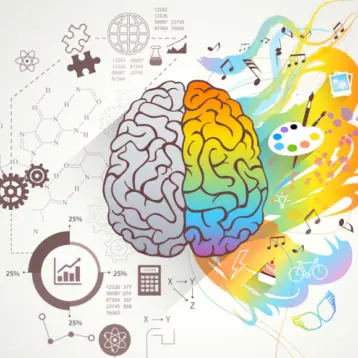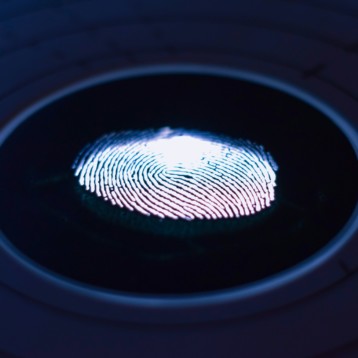
It can often be difficult to predict how the future will be like, but when it comes to trends in the tech industry, it’s possible to make a reasonably well-thought forecast. This is because technology can have a rather predictable route in the short-term, which translates to roughly a few years. Though, in some cases, predictions that can encompass decades is also possible. You can add targeted website traffic to this list.
In any case, the tech trends that are brewing in the industry are easy enough to see this time, as well. Not all of these trends will end up taking the world by storm, but they will likely have an immediate effect on various industries in the near future.
Blockchain
Let’s start with a trend that is arguably one of the most popular in the tech industry right now. The blockchain is a subject that has started affecting practically every major industry thanks to one simple concept: complete transparency. As a distributed digital ledger, Blockchain promises balance between all parties involved by basically allowing everyone to see the data relevant to any given transaction.
This ensures that no one will be able to manipulate the data so that they reflect differently to the other parties. Everyone can see what everyone else is doing and any attempt at deception can quickly be detected. Such a simple idea can have a substantial impact on many fields, from simple bank transactions to entire government elections.
Naturally, this will have a profound effect on e-commerce, where reliability and trust are highly valued. The more trust there is to services like online bookings or shopping, the more money there is to go around. This will then lead to more instances of offers like Promo Code of AliExpress, and the cycle goes on.
Evolution of Smart Assistants
Today’s smart assistants are smarter than they were yesterday, and tomorrow’s smart assistants will be even smarter. In fact, smart assistants like Alexa and Google Assistant are expected to become so intelligent that they’ll be able to predict commands before they are even given. This will make emerging industries like the Internet of Things (IoT) quite the handy affair.
For context, IoT can be used to turn on lights with a verbal command. However, as artificial intelligence and the like continues to advance, spatial awareness can start to play a role, as well. This means that instead of giving specific commands, it could one day be possible to achieve results with shorter sentences.
For example, instead of saying “Turn on living room lights,” you could say “Turn on lights” and the system would do so only where you are located. It almost becomes intuitive, which is something that is worth keeping an eye on.
Bleeding-Edge Automation
Automation is something that has been looming over the horizon for some time now, but it’s about to go on overdrive. The trend is expected to take over practically half of the world’s blue collar jobs over the next ten years, which is a major threat to the current workforce. In fact, it’s even expected to take over jobs in the creative sector, with AIs writing news articles or making music.
This trend is no longer something that’s relegated to a few select industries or as an entertaining aspect of the digital age. It’s a real and tangible future that is set to play a major role in the economy of tomorrow. Entire customer service centers are already replacing their human workers with a single automated answering machine due to higher productivity and lower costs.
Robotic Everything
Speaking of automation, the trend of making everything run by robots is also growing rapidly. Paired with intelligent AI, things like drones, robot factory workers, police officers, and even self-driving cars are set to take over the world. As you can already tell from those listed markets, a lot of people could lose jobs prospects both for now and for the future.
It’s certainly starting to look like the opportunities for employment will be severely restricted in the coming decades. This is why those in industries that are expected to be affected by rising machine reliance are encouraged to start learning new skills as early as now.
Augmented Reality on Steroids
Finally, there’s the matter of augmented reality being used in more than just silly smartphone video games. Even now, the infamous Google Glass is being used in factories for real-time information displays. As the technology is refined, the spectacles themselves will become less conspicuous while their functionality will increase.
It wouldn’t be strange to one day see contact lenses with enough processing power to provide users with an AR interface. This would put the modern world even closer to the realm of science fiction, in the same way, that smartphones did over ten years ago.










